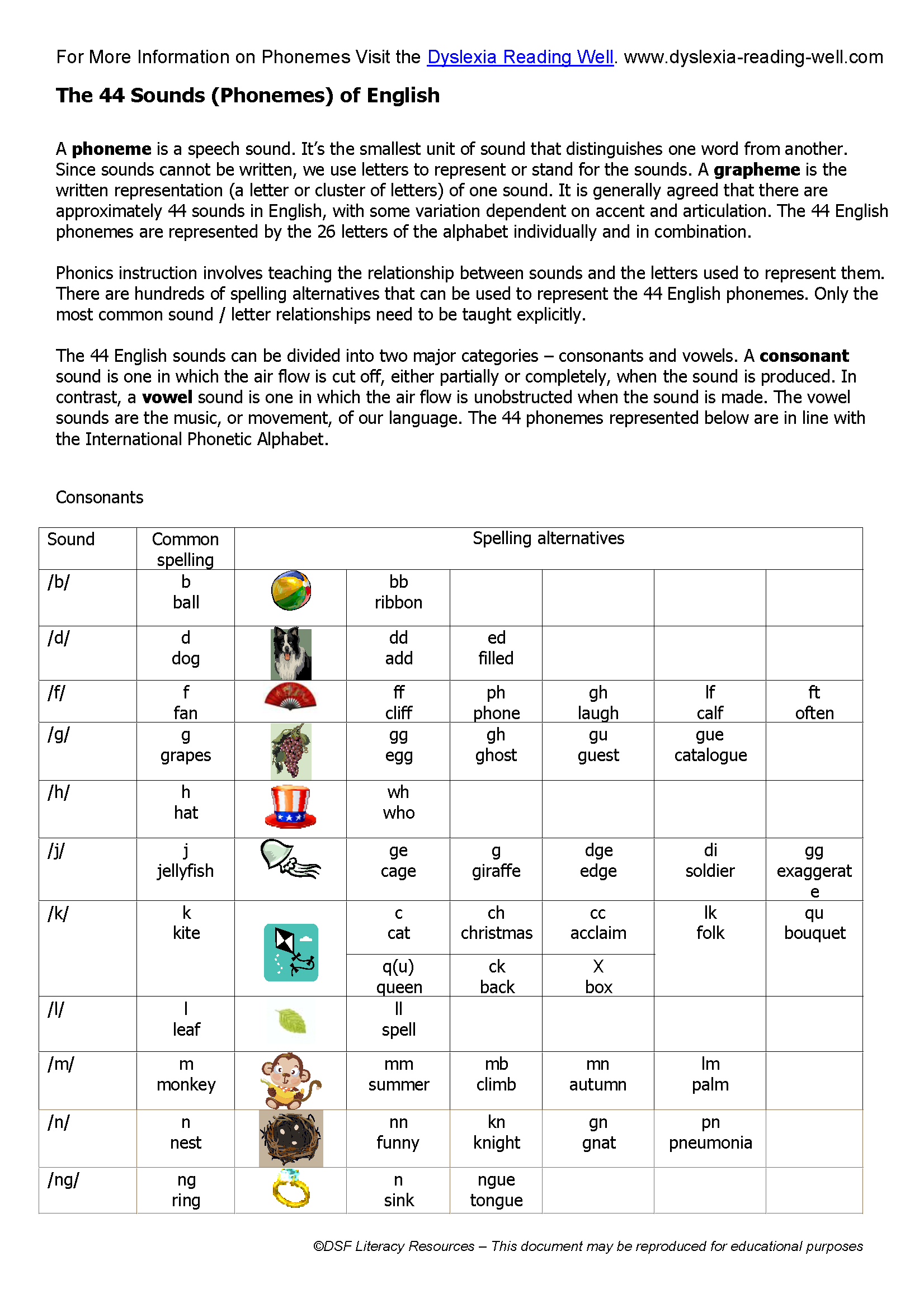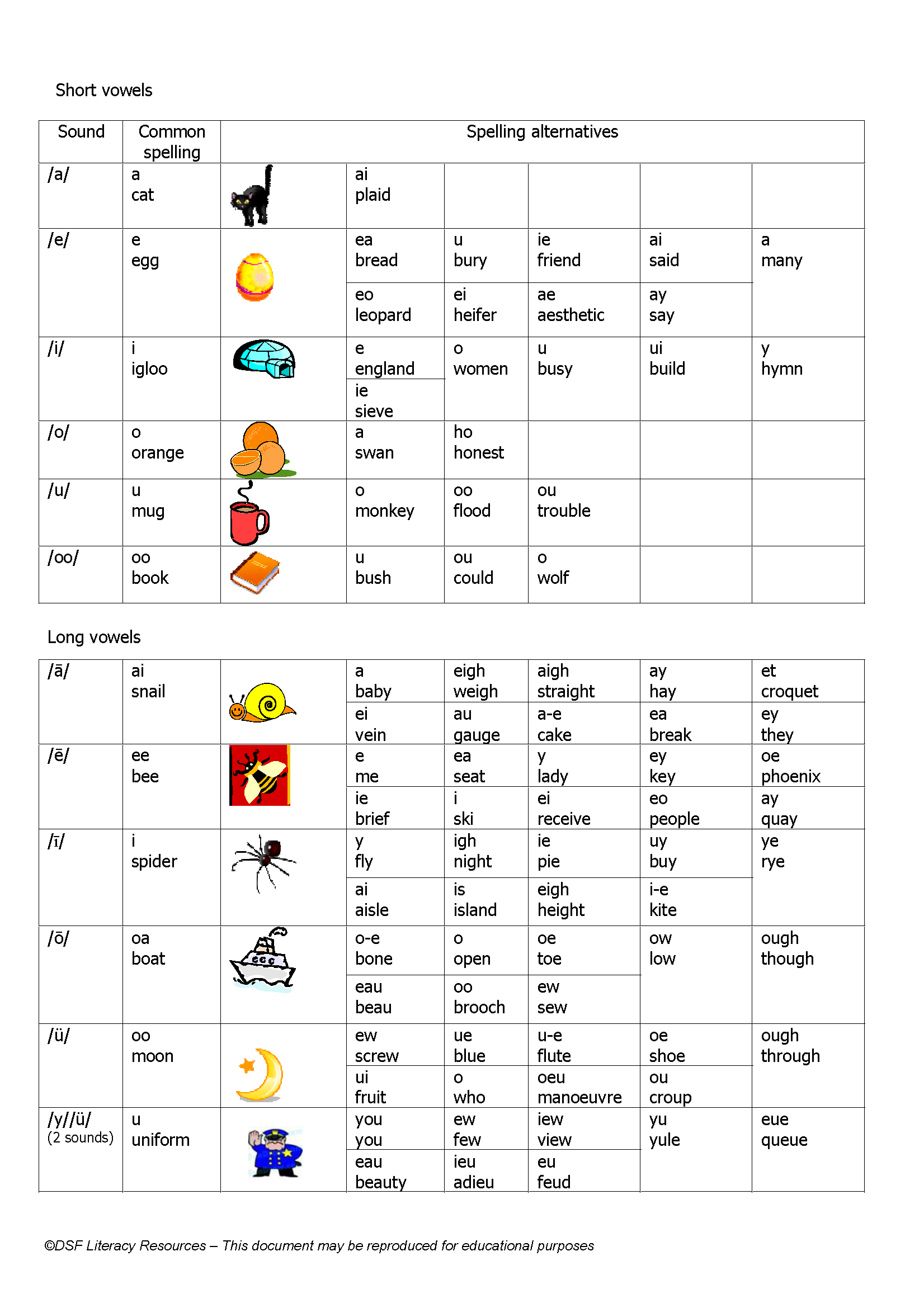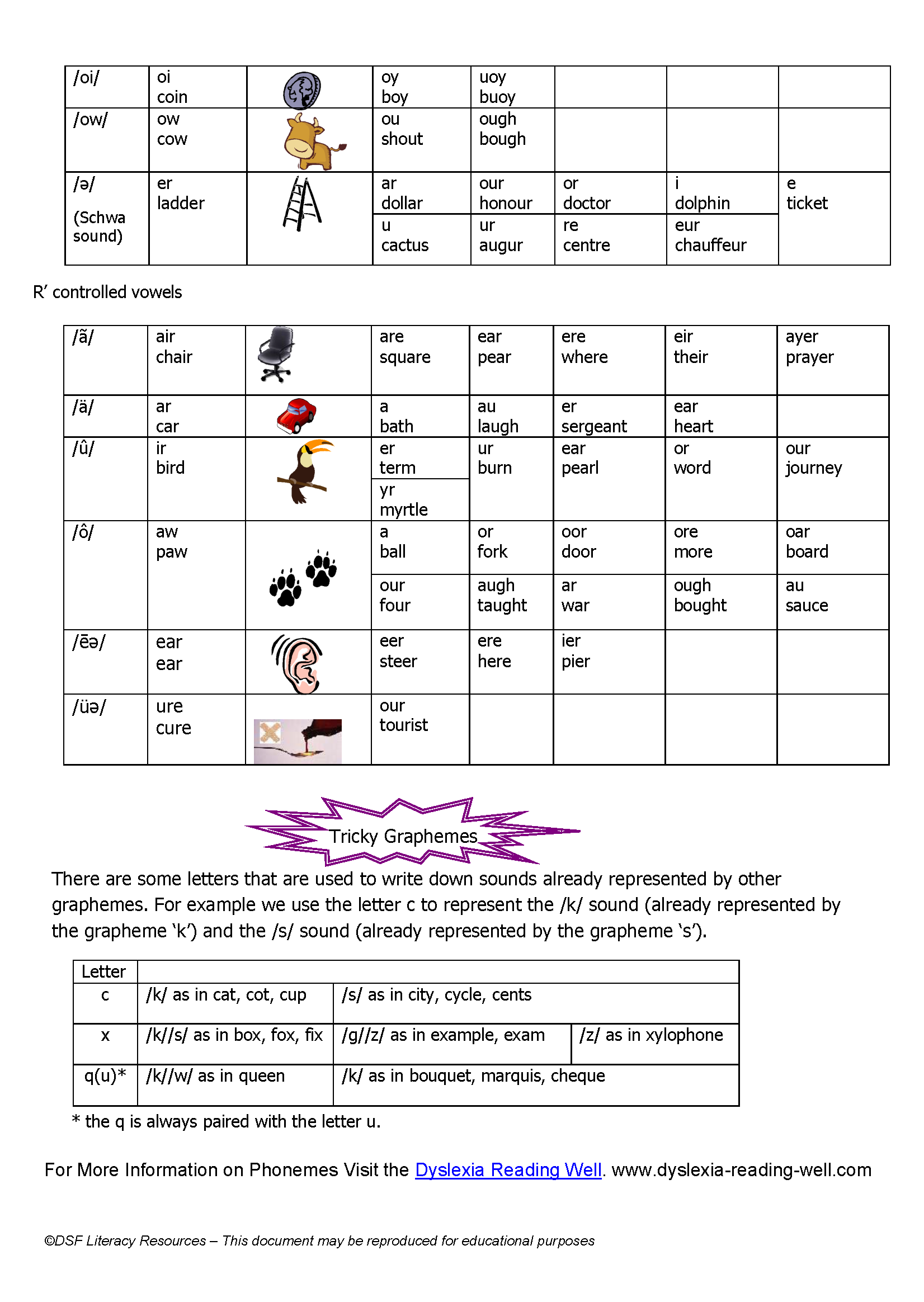
Blending
Error Correction
Segmenting
Error Correction



Scientifically Based Conclusions About Beginning Phonics Instruction
- Systematic and explicit phonics instruction is more effective than nonsystematic or no phonics instruction.
- Systematic and explicit phonics instruction significantly improves kindergarten and firstgrade children's word recognition, spelling, and reading comprehension.
- Systematic and explicit phonics instruction is most effective when it begins in kindergarten or first grade; to be effective with young learners, it should begin with foundational knowledge involving letters and phonemic awareness.
- Systematic phonics instruction includes teaching children to use their knowledge of phonics to read and write words.
- Systematic and explicit phonics instruction is particularly beneficial for children who are having difficulty learning to read and who are at risk for developing future reading problems.
- Systematic phonics instruction helped children at all socioeconomic levels make significantly greater gains in reading than did non-phonics instruction.
- Systematic phonics instruction is effective when delivered through tutoring, through small groups, and through teaching classes of students.
- Approximately 2 years of systematic and explicit phonics instruction is sufficient for most students.
The ability to read connected text quickly, accurately, and with good prosody. Allows students to complete school work in a reasonable amount of time. Necessary for comprehension
Learning words requires practice
To have an impact on comprehension, students need to understand words beyond a definition
Effective instruction connects new words with known words and situations
Selection
- Unknown?
- – Important to understanding?
- – Will be heard, read, written, and said in the future?
- – Difficult to learn and need interpretation?
- • Why? (e.g., labels an unknown concept, related to an abstract concept)
- – Easy to understand?
- – Contain only known words?
- – Indicate how the word is used?
- – Critical attributes?
Definition
- Characteristics
- Examples
- Nonexamples
Vocabulary lessons
- 1. Introduce the word.
- 2. Provide a “student-friendly explanation.”
- 3. Illustrate with examples.
- 4. Check understanding.
Vocabulary instruciton
Step 1. Introduce the word.
- a) Write the word on the board or display on the document camera.
- b) Read the word and have the students repeat the word.
If the word is difficult to pronounce or unfamiliar have the students repeat the word a number of times.
“This word is compulsory. What word?”
Step 2. Introduce meaning of word.
Present a student-friendly explanation.
Tell students the explanation OR Have them read the explanation with you.
“When something is required and you must do it, it is compulsory. So if it is required and you must do it, it is _______________.”
Step 3. Illustrate the word with examples.
- a) Concrete examples.
- b) Visual examples.
- c) Verbal examples.
(Also discuss when the term might be used and who might use the term.)
“Coming to school as 8th graders is compulsory.”
“Stopping at a stop sign when driving is compulsory.”
Step 4. Check students’ understanding.
Have students discern between examples and non-examples.
- “Is going to school in 8th grade compulsory?” Yes
- “How do you know it is compulsory?” It is required.
- “Is going to college when you are 25 compulsory?”
- “Why is it not compulsory?” It is not required. You get to choose to go to college.
Step 4. Check students’ understanding.
Have students generate their own examples.
- “There are many things at this school that are compulsory? Think of as many things as you can?”
- “Talk with your partner. See how many things you can think of that are compulsory.”
Step 4. Check students’ understanding.
Ask deep processing questions.
“Many things become compulsory. Why do you think something would become compulsory?”

Ultimate goal of reading
Complex set of skills
Process of constructing meaning by integrating information provided in the text with a reader’s background knowledge
Comprehension Skills
Foundational language
Variability across homes of children from different backgrounds. Children who enter school with limited foundational language need instruction in this area
Introducing question words
Sequence
- Who and what
Who and what involves a model and practice without any explanation
- When and where
When and where involves examples, discrimination, and then sentence tests
- How
How involves model and test - Why
Why involves model and test
Pronoun usage
Can be especially challenging for students who are English Learners. Teach one at a time, beginning with he, she, it, they. Conduct discrimination exercises after one is learned and you are introducing others. Create an exercise in which you would teach it, and test discrimination with he, she, and it examples
Literal and inferential comprehension
- General format:
- Read for accuracy
- Reread the passage, and ask questions throughout
- Have students write written responses
- During step 2, teacher has students reread the sentence that contains the answer
- During step 3, teacher has students underline the part of the question that is found in the passage
Preteach words
Summarization of main ideas
Begin with short passages about a person, people, or things that fit into a category, and do actions that can be categorized
- Name the person, people, or things in a 1-3 words. (Who or what is the passage about?)
- Tell the main thing that he/she, they, or it did in a few words. (What did he/she, they, or it do?)
- First, model, lead, test
- Then, present multiple choice items
- Next, present passages with distractors
- Teach students to identify the main thing that the person, people, or thing did in most sentences
- The passage is mainly about…
- Then, present passages that tell where
- When and how should be taught later
Summarizing and identifying main idea
Name the person, people, or things in a 1-3 words. Who or what is the passage about? Tell the main thing that he/she, they, or it did or the most important thing about the person or thing in a few words. What did he/she, they, or it do? What is the most important thing about him, her, them, or it?
Generating questions during reading
Identify a fact, a connection between two facts within the text, or a connection between a fact in the text and background knowledge. Create the question. Answer the question.
Using concept diagrams and maps
- Diagrams (e.g., frayer model)
- Used to teach a vocabulary concept. Definition, characteristics, examples and nonexamples
- Maps (graphic organizers, visual-spatial displays)
- Used to teach broader concepts, to show inter-relationships within a concept Critical content organized in a visual representation that shows the structure of the content
Critical reading
- Identify the author’s conclusion
- Decide whether the author’s conclusion is based on opinion or evidence
- Determine the trustworthiness of the author
- Determine if the conclusion derives from the evidence.